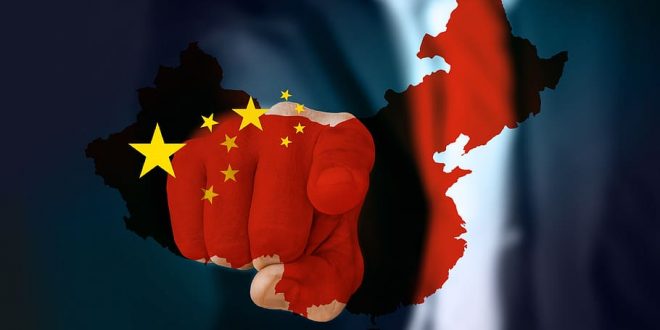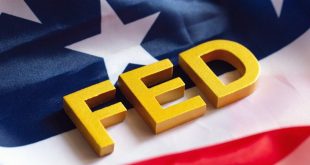The global economic stage is buzzing with tension, and three key figures—Chinese President Xi Jinping, U.S. President Donald Trump, and Federal Reserve Chair Jerome Powell—are at the heart of the action. Recent developments in U.S.-China trade negotiations and U.S. monetary policy have thrust these leaders into the spotlight, as their decisions could shape markets, industries, and economies worldwide. From stalled trade talks to heated debates over interest rates, here’s a clear breakdown of why these three names dominate economic news.
U.S.-China trade talks have hit a rough patch, bringing Xi Jinping and Donald Trump into focus. After a breakthrough agreement in Switzerland on May 12, 2025, which temporarily rolled back tariff hikes for 90 days, negotiations have slowed. U.S. Treasury Secretary Scott Bessent recently noted that the complexity of these talks requires direct intervention from both leaders. The U.S. has tightened tech restrictions on China, while China has held firm on its rare earth export controls, frustrating U.S. expectations. Both sides are navigating a delicate balance, with Trump pushing for a call with Xi to break the impasse. Their last conversation in January 2025, before Trump’s second term began, underscores their critical role in steering these high-stakes discussions. However, China appears cautious, likely waiting for assurances of stability from the U.S. before agreeing to further talks.
Meanwhile, Trump’s push for lower interest rates has put Federal Reserve Chair Jerome Powell under scrutiny. On May 29, 2025, the two met at the White House, where Trump reiterated his belief that the Fed’s reluctance to cut rates is harming U.S. competitiveness, particularly against China. The Fed, however, emphasized that Powell avoided discussing monetary policy specifics, stressing that decisions would remain data-driven and non-political. With Trump’s proposed tariffs raising inflation concerns, Powell faces pressure to balance the Fed’s dual mandate of stable prices and maximum employment. Markets expect the Fed to hold rates steady until at least September 2025, following a full percentage point cut in late 2024, highlighting the tension between Trump’s economic agenda and Powell’s commitment to independence.
These developments ripple across global markets, as investors watch for signals from both the trade talks and Fed policy. The interplay between Xi’s strategic moves, Trump’s aggressive trade and economic stance, and Powell’s cautious monetary policy creates a complex web of influence. A potential Trump-Xi call could reset trade dynamics, while Powell’s next steps will shape borrowing costs and economic growth. For now, these three leaders remain central to the economic narrative, their actions poised to drive markets and headlines alike.

 Noor Trends News, Technical Analysis, Educational Tools and Recommendations
Noor Trends News, Technical Analysis, Educational Tools and Recommendations



